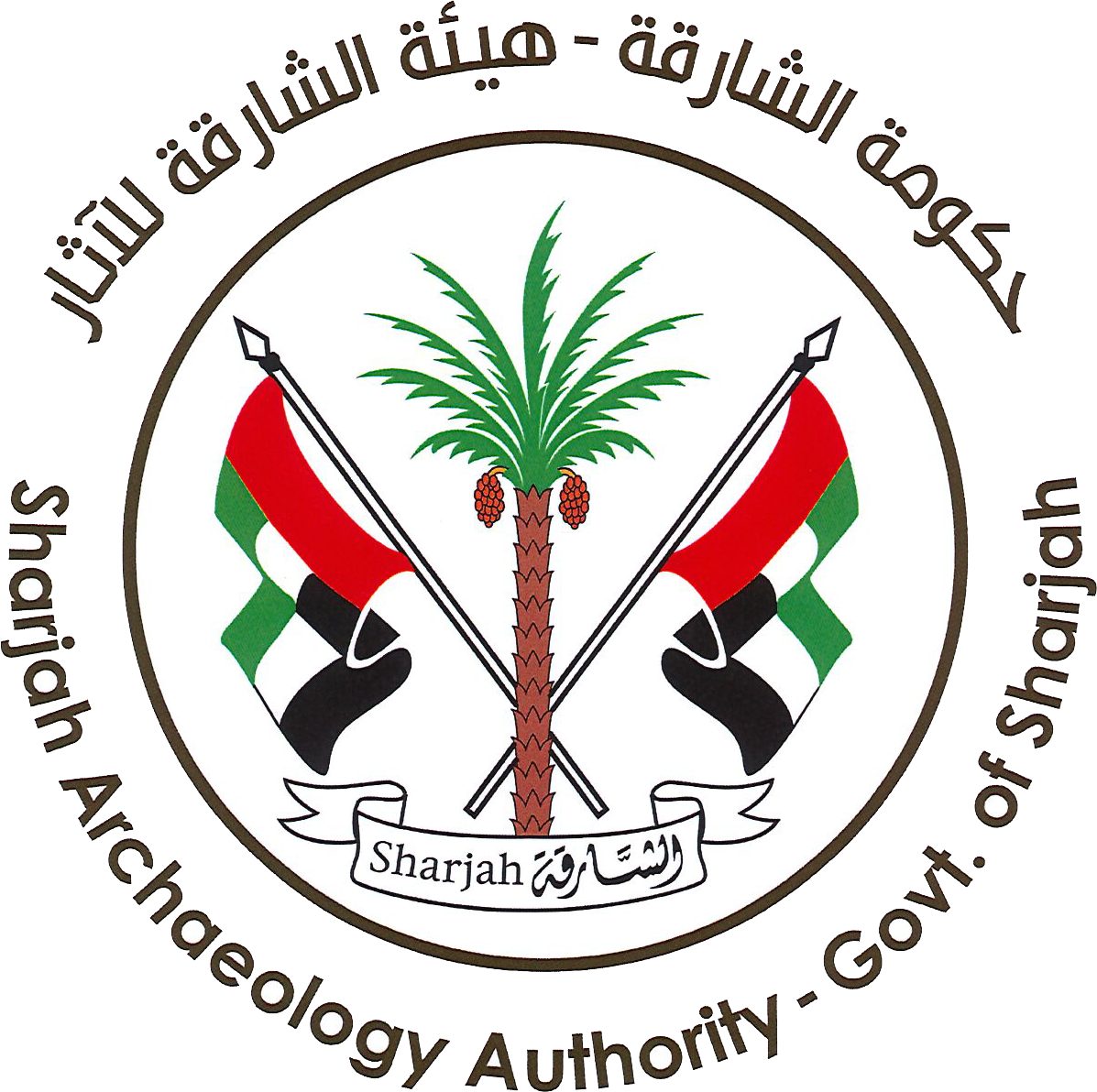
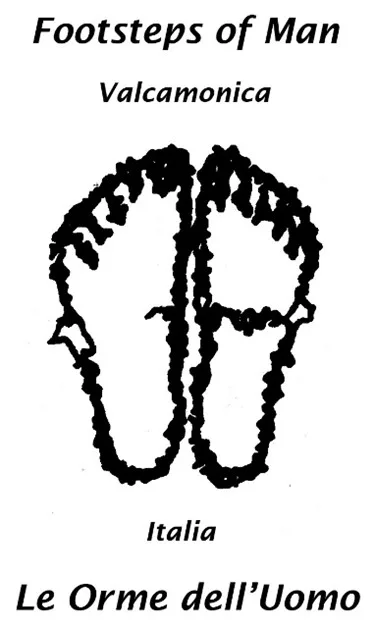
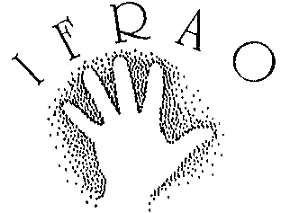
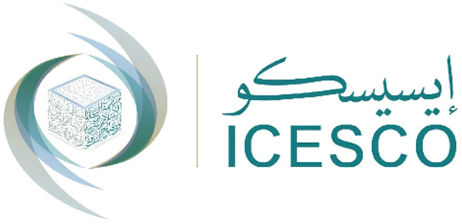

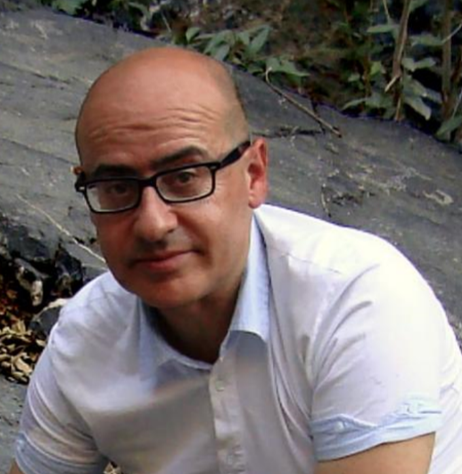
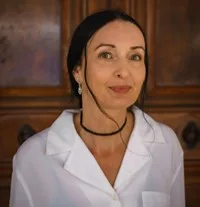
The rock art of Sharjah, consisting of ancient engravings created on the rocky surfaces and boulders in the wadis, can provide an iconographic basis to our comprehension of the past societies in UAE. It furnishes an immense figurative archive that can be used to better understand historical and economic events, traditions, and religious beliefs among many other facets of past societies.
In recent years there has been an increase in the interest of the archaeological community for a more in-depth study this rock art. With the use of different methods such as the analysis of superimpositions between figures, cross-dating with known artistic expressions elsewhere in the region, and the known dates for the introduction of various objects of material culture, it is possible to propose a preliminary chronology for the rock art, and to suggest an initial general interpretation.
This research is only in its initial phases as there is still little known about the rock art of Sharjah. An effective method for the diffusion of the Emirate rock art and to encourage further research would be a general course that can be offered to archaeologists and scholars, students and enthusiasts. The presence of rock art around Khorfakkan especially in Al-Modaify, Luluya, Wadi Shie among other sites, and in two other important areas Wadi Al-Helo and Khatm Al-Melaha, provides a great opportunity to those interested to learn not only the techniques of studying and recording rock art but supports a strategic plan to increase the pool of scholars able to assist in such research in the future.
The course will also cover local history, international aspects, and increase local knowledge, community enthusiasm and future options for the tourism industry. The course content will be covered over five days of activities, in three different sections, with elements of research in the classroom, laboratory work, and site work.
The course will be conducted indoor and outdoor in mountainous sites. Participants are expected to be on site for long hours including walking/hiking/climbing.
The course will provide participants with the skills required to understand rock art history, production, conservation and the skills for recording, processing, and use of digital tools. Participants will learn to survey, record, photograph, illustrate and catalogue utilizing the easily accessible rock art in the area. These skills do not replace the practical knowledge and experience but do provide a basis for capacity building in this regard over time. The course will also cover the analysis of the conservation of the rock art. Participants will be taught how to recognize and define the conservation problems that will assist in preserving this invaluable heritage resource.
Outcomes: The course participants will be introduced to a number of rock art traditions from around the world. The importance of developing a high standard for the recording, management and conservation of the unique local rock art traditions and their potential as a resource for internal and international tourism. Our general aim is to develop a platform and academic basis for collaborative research projects in the future.
This course provides participants with practical, high-quality and engaging content. While the course is targeted to those looking at continuing their interest or work with rock art, the content also caters to people with a general interest or those who want to apply their new skills and knowledge within a different yet related field such as tourism, heritage work and education.
The participants will be made up of a maximum of 15 professionals from all parts of the world.
Participants are expected to have the physical ability to do the on-site practical training. Medical/allergies issues must be declared.
Participants are expected to have their own laptop devices.
– The course is free and there is no registration fee.
– Self-financing for travel, accommodation and living expenses.
Please submit your application form ( Application Form ) by 10 November 2023 .
Accepted participants will be communicated by 15 November 2023
The Participants will receive “Course Completion Certificate” upon completion.


محاضرتنا الاثنين القادم بعنوان “تاريخ عمارة الجامع الأزهر منذ العصر الفاطمي حتى نهاية العصر المملوكي” يقدمها الدكتور أحمد مجدي سالم، في تمام الساعة 4:30 مساءً.
لحضور المحاضرة يرجى الضغط على الرابط التالي:
https://us06web.zoom.us/j/85206671181?pwd=OG8yQzhwT0poK21Ld0F2bVJkYzI5dz09